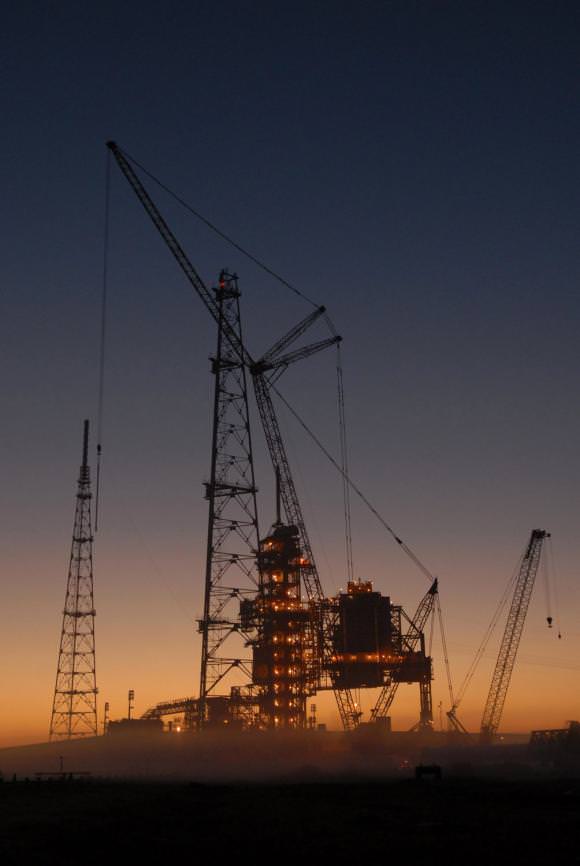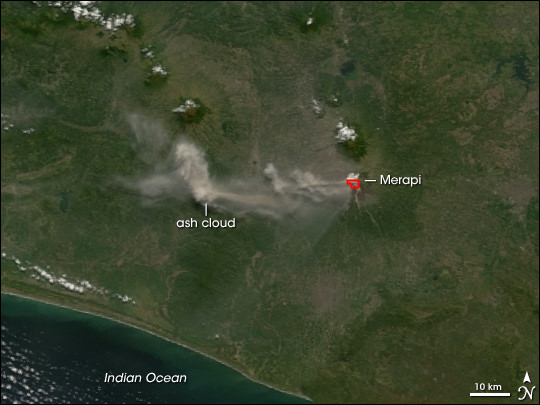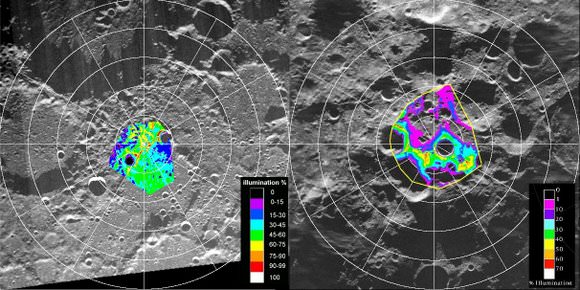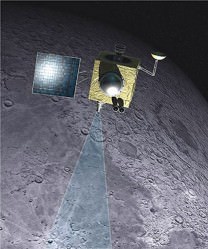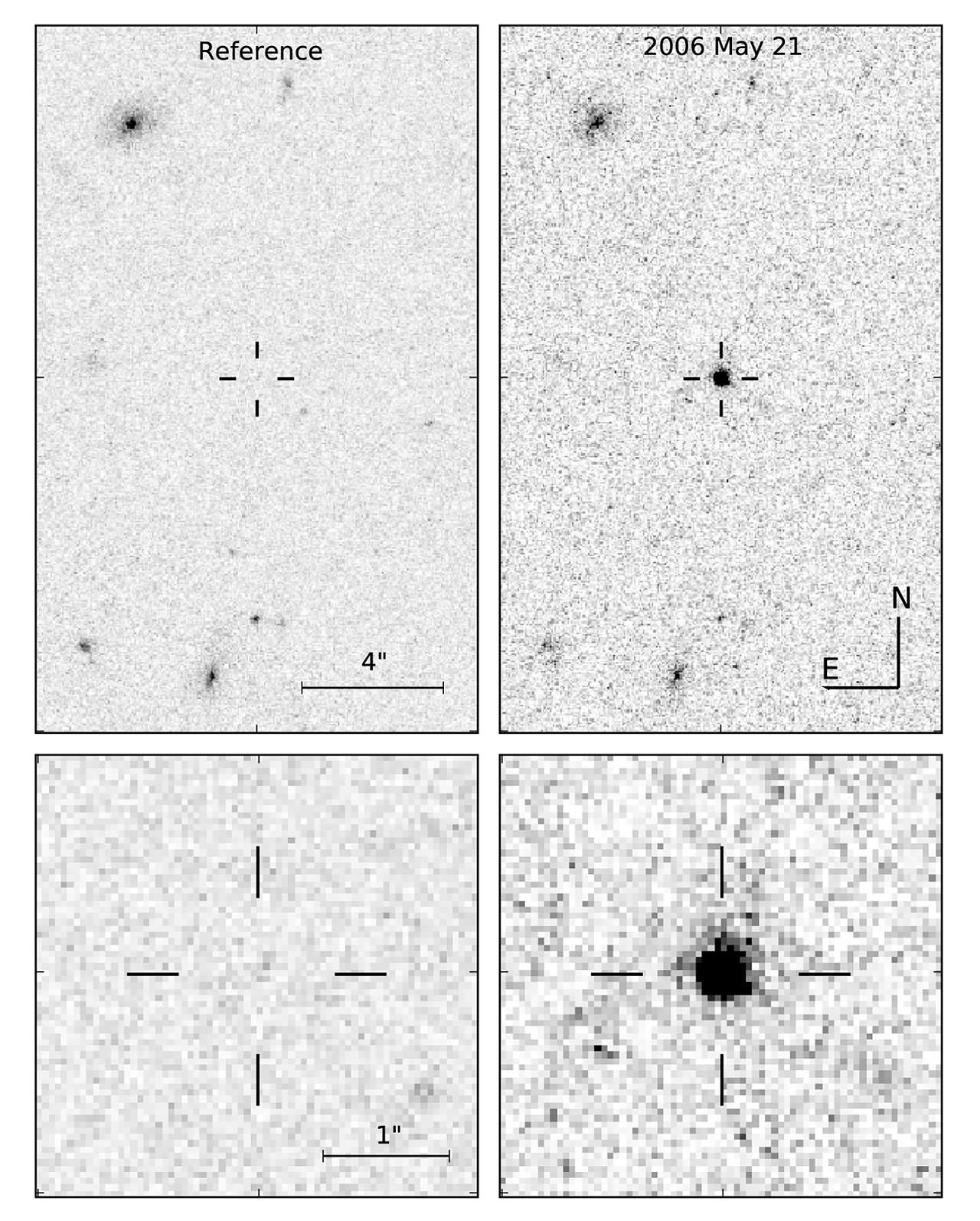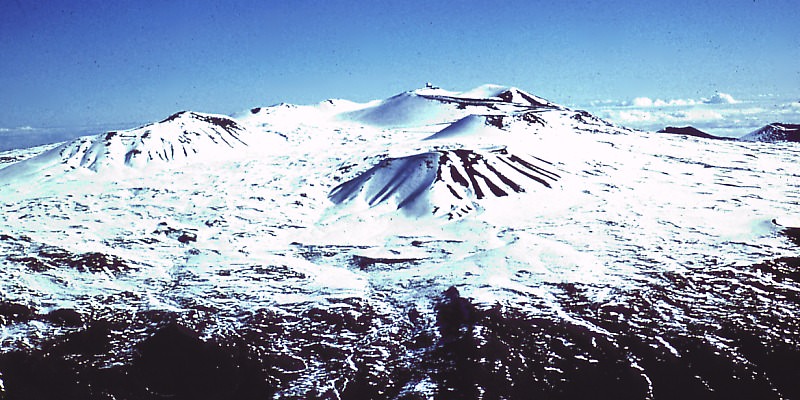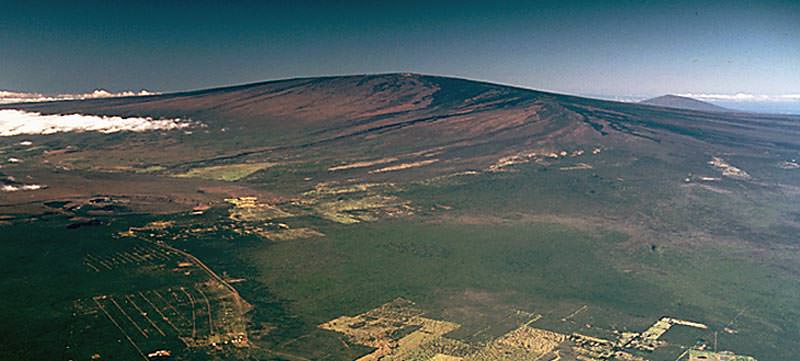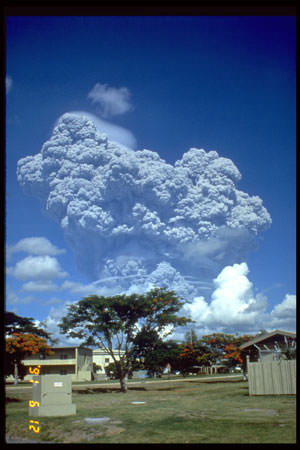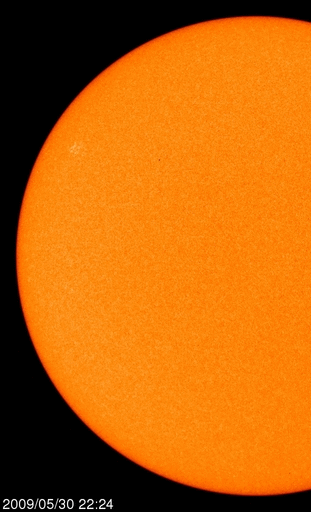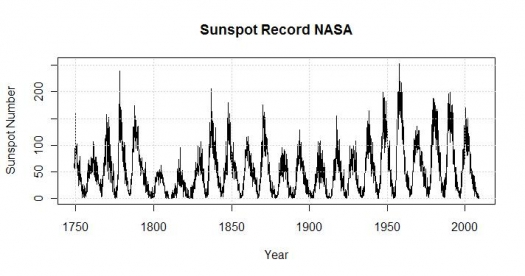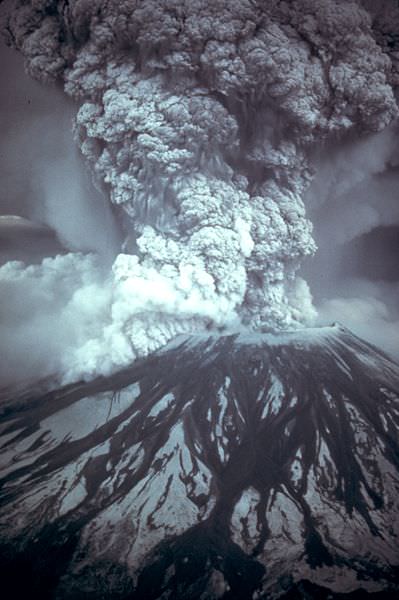[/caption]
It’s the end of an era, as Launch Pad 39B at Kennedy Space Center has been officially handed over to the Constellation Program. The handover took place Sunday after space shuttle Endeavour was moved to Launch Pad 39A. The ground operations team will finish modifying pad B for in time for first flight test of the Ares I-X rocket, currently scheduled for around August 30 of this year. Modifications will include removing the orbiter access arm and a section of the gaseous oxygen vent arm and installing access platforms and a vehicle stabilization system.
Since the late 1960s, pad B has been instrumental in human spaceflight programs. Originally, the pad was built for the Saturn V rockets for the Apollo flights to the moon, as well as flights to launch the Skylab space station and to send three crews to live on board. It also saw the launch of the Apollo spacecraft that was part of the Apollo Soyuz test program, where spacecraft from the US and USSR docked in space. In the 1980’s the pad was refitted for the space shuttle. Pad 39B was not ready until 1986, and the first Shuttle launch to use it was the ill-fated STS 51-L flight – the Challenger Disaster.
But now it’s time for the next generation of spacecraft and launch system. The Constellation Program is developing the Ares I and Ares V launch vehicles, the Orion crew capsule, and the Altair lunar lander — to carry humans to the International Space Station, the moon and beyond.

